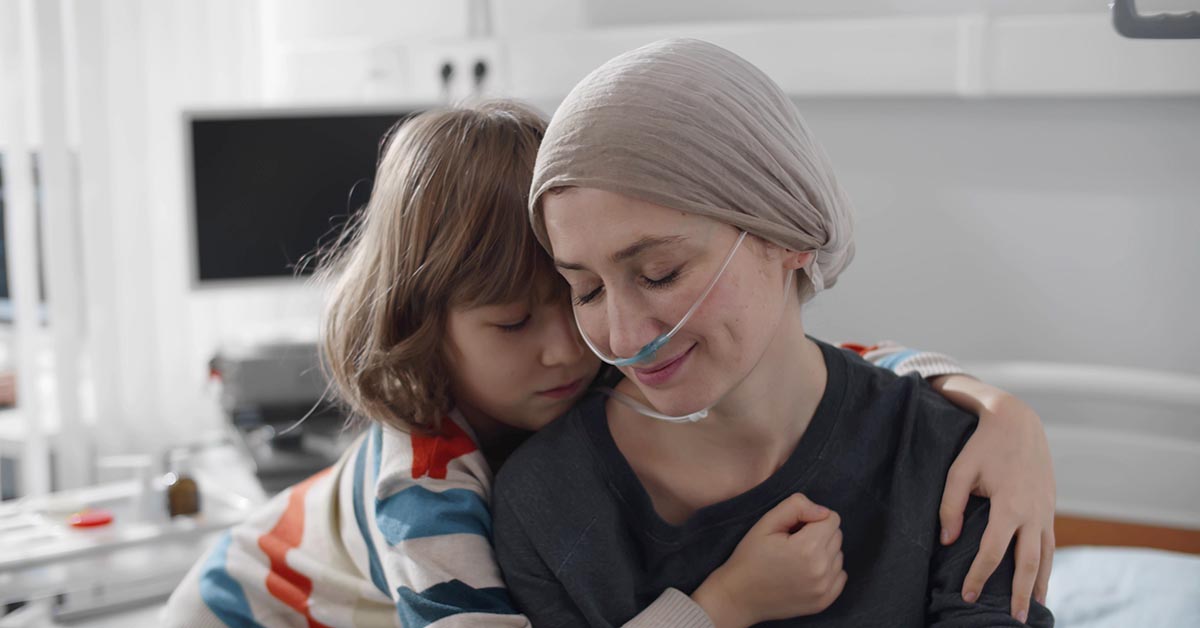A cancer diagnosis can feel overwhelming, but knowing your treatment options can help you take control of your care. This guide provides an overview of the main cancer treatments available in Singapore — from traditional therapies like surgery and chemotherapy to cutting-edge options like CAR-T therapy — and what to expect from each.
If you’re unsure about your diagnosis or treatment plan, speaking to a specialist or seeking a second opinion can make a meaningful difference.
Understanding How Cancer is Treated
Cancer isn’t a single disease — it’s a group of diseases with many variations. Treatment is highly personalised and depends on:
- The type and location of cancer
- Whether it has spread (metastasised)
- The genetic characteristics of the tumour
Over time, cancer care has progressed beyond just surgery, chemotherapy, and radiotherapy. Today, many patients benefit from newer treatments such as targeted therapy and immunotherapy — precision-based options tailored to their biology.
Still, not all treatments work the same for everyone. Some people respond better than others, and predicting outcomes remains a challenge in medical science.
Cancer Treatment Options in Singapore
1. Surgery
Surgery is commonly used when the cancer is confined to one area. It involves removing the tumour (resection) or reducing its size (debulking). Surgeons may also remove nearby lymph nodes. Surgery is often followed by chemotherapy or radiation to reduce the risk of recurrence.
Looking for a Cancer Surgeon?
2. Ablation
Ablation destroys cancer cells without surgical removal. Techniques include:
- Cryosurgery (freezing)
- Radiofrequency ablation (heating)
- Chemical injections
- Laser treatment
This is often used for small tumors or when surgery isn’t suitable.
3. Radiation Therapy
Radiation therapy uses high-energy beams to damage the DNA of cancer cells, causing them to die or stop growing. There are different types:
- External beam radiation
- Brachytherapy (radioactive implants)
- Radiopharmaceuticals (radioactive drugs)
A more advanced option available in Singapore is Proton Beam Therapy, which delivers more precise radiation, helping to reduce side effects
4. Chemotherapy
Chemotherapy involves drugs that kill fast-dividing cancer cells. It can be taken orally or administered through injections or infusions. However, it may also affect healthy fast-growing cells (like those in hair or the digestive tract), leading to side effects such as hair loss or nausea.
In Singapore, only chemotherapy drugs on the MOH Cancer Drug List are eligible for MediSave, MediShield Life, or Integrated Shield Plan support.
5. Targeted Therapy
Targeted therapy interferes with specific molecules that cancer cells need to grow. These drugs work on cancers with particular genetic mutations or protein expressions, and they generally cause fewer side effects than chemotherapy.
Genetic testing helps identify whether a patient is suitable for targeted treatments.
6. Hormone (Endocrine) Therapy
Some cancers — like breast and prostate cancer — are hormone-sensitive. Hormone therapy blocks the effects of hormones (like estrogen or testosterone) that help cancer grow. It can cause side effects such as hot flashes in women and sexual side effects in men.
7. Immunotherapy
Immunotherapy boosts the body’s natural defences to fight cancer. Checkpoint inhibitors, for example, “unblock” immune cells that cancer tries to shut down. While immunotherapy has shown remarkable results in some patients, it doesn’t work for everyone and may cause inflammation in healthy tissues.
8. CAR-T Cell Therapy
CAR-T therapy is a breakthrough in blood cancer treatment. It involves extracting a patient’s T-cells, modifying them in a lab to attack cancer, and reintroducing them. It’s primarily used for leukemia and lymphoma, though it carries risks like intense immune reactions.
9. Transplants
For certain cancers, particularly those affecting the blood, bone marrow or stem cell transplants are used to replace diseased cells after chemotherapy or radiation. In cases like liver cancer, an organ transplant may be a curative option.
How Treatment Response Is Measured
Success in cancer treatment varies. Some patients achieve complete remission (no signs of cancer), while others enter partial remission (tumor shrinks). If the goal is not a cure, palliative treatment is given to relieve symptoms and improve quality of life.
Often, the best outcomes come from combination therapy — surgery followed by radiation or medication. Some patients may also receive neoadjuvant therapy, where treatment is given before surgery to shrink the tumour.
Sadly, not all cancers respond to treatment. If the cancer grows despite therapy, it is called refractory cancer. Recurrence or relapse can also happen due to cancer cells becoming resistant to drugs.
Who Should Lead Your Cancer Care Team?
Should you consult a medical oncologist or a surgeon first? While oncologists are often associated with cancer care, the right lead for your case depends on your diagnosis. In some early-stage cancers, starting with a surgeon may be more appropriate. In other cases, your oncologist may coordinate your full treatment plan.
Find out more about choosing between an oncologist and a surgeon
Take Action: Book a Screening or Consultation
Early detection saves lives. Whether you’re exploring treatment or just need peace of mind, we’re here to help.
Disclaimer: 365Asia aims to provide accurate and up-to-date information, our contents do not constitute medical or any professional advice. If medical advice is required, please consult a licensed healthcare professional. Patient stories are for general reading. They are based on third-party information and have not been independently verified.


